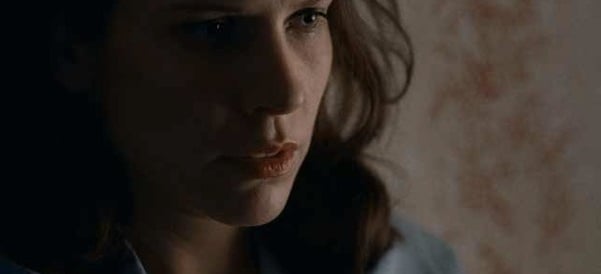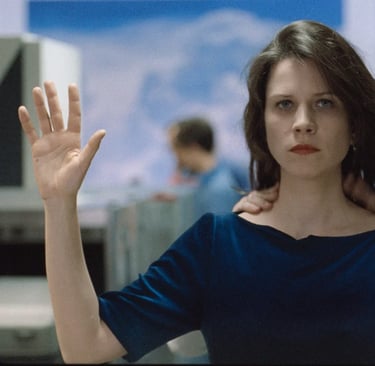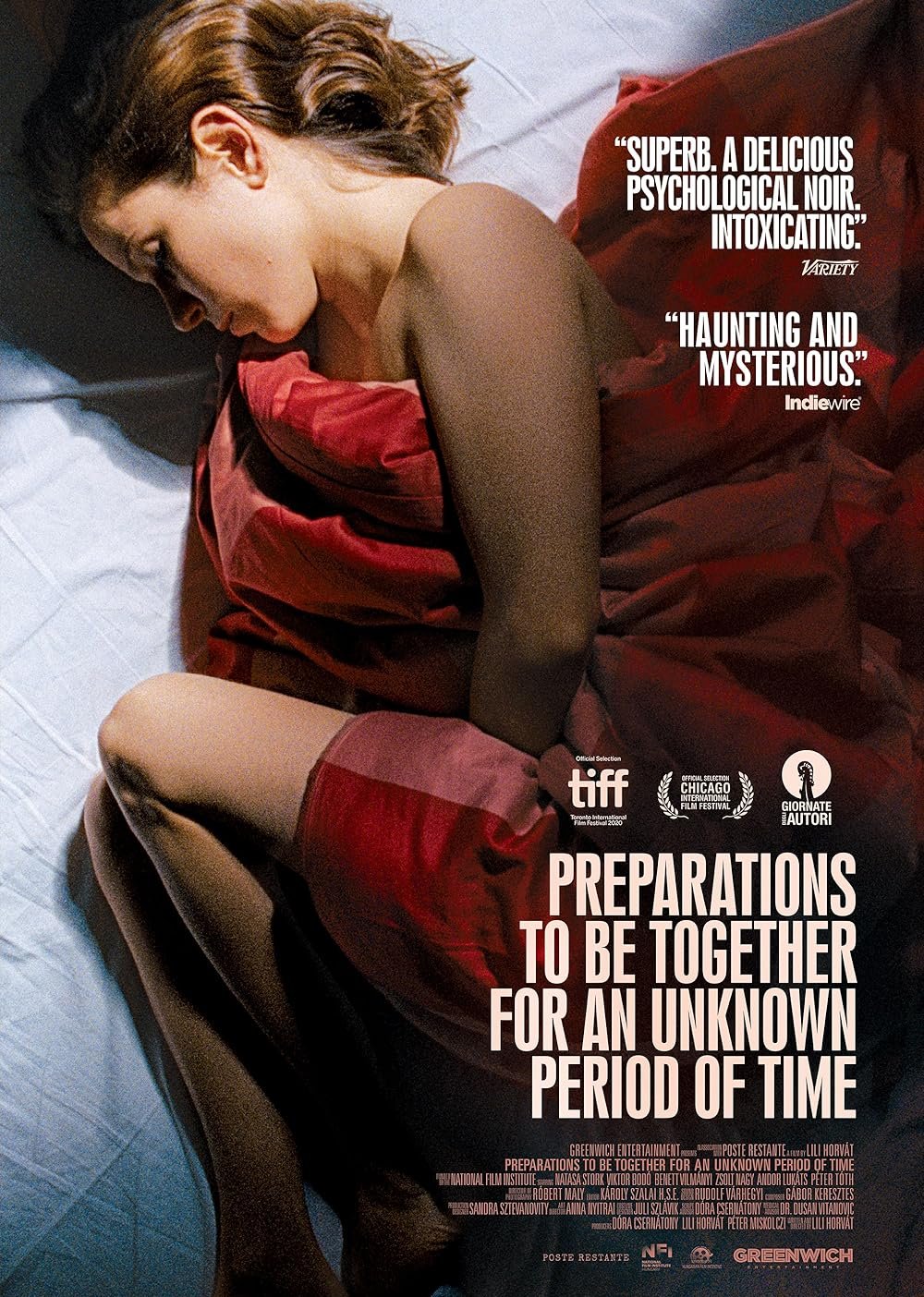Preparations to Be Together for an Unknown Period of Time
A mesmerizing Hungarian psychological romance exploring love, memory, and identity in the mind of a brilliant healer
A Cinematic Enigma of Love, Obsession, and Identity
Lili Horvát’s acclaimed drama Preparations to Be Together for an Unknown Period of Time unfolds a story steeped in psychological mystery, emotional dislocation, identity crisis, medical expertise, and romantic delusion. At its center is Márta Vizy, a brilliant Hungarian neurosurgeon returning to Budapest after a long career in the United States, convinced she is destined to reunite with a man she met just once at a medical conference. Yet upon her return, that man—Dr. János Drexler—breaks the illusion by asserting they have never met. The film’s unfolding invites viewers into a hypnotic spiral of uncertainty, where shimmering courtroom gardens and echoing hospital corridors become metaphors for love as both hypothesis and hallucination. Through the lens of memory, desire, and personal reinvention, the story probes questions of how we convince ourselves, what we risk to redefine our past, and what happens when intelligence fails to anchor yearning in reality. It is a film that challenges emotional logic while immersing the viewer in the fractured psychology of obsession.
The air of Budapest becomes a character itself—Liberty Bridge standing at the center of memory’s geography, the city’s worn architecture reflecting fractured recall. Director Lili Horvát, following critically lauded direction in Venice and Toronto film festivals, deploys slow pacing, nocturnal cinematography, and lingering surgical scenes to evoke autonomy and doubt. Márta’s surgical prowess and emotional unraveling unfold in tandem: even as she operates to heal others, she struggles to rescue her own perception. The cinematographer Róbert Maly bathes scenes in chiaroscuro blues and greens—shadows forming ever-shifting webs as maze-like as Márta’s own mind. Each frame speaks gently but insistently of erotic yearning, clinical expertise, and urban alienation, leaving viewers to ask: when love becomes a theory, is it still love?
Critical Reception and Festival Recognition
From its premiere at Venice Days in September 2020 to screenings at Toronto, Chicago, and Busan, Preparations to Be Together for an Unknown Period of Time has earned widespread praise for its atmospheric pacing, compelling lead performance, and intellectual depth. It won the Gold Hugo for New Directors at the Chicago International Film Festival, and was selected as Hungary’s submission for the Best International Feature Film category at the 93rd Academy Awards. On Rotten Tomatoes, it holds an approximate 88% approval rating, with critics lauding it as a noir-tinged psychological drama that “examines the nature of love with commendable clarity.” Reviews from respected voices—such as Mark Kermode, Guy Lodge, and RogerEbert.com—highlight its “beautiful and acute rendering” of improbable longings and cerebral intimacy. While some criticism notes the ending may disappoint those seeking high drama, most agree its strength lies in restraint and intellectual provoc ation.
Many publications compare its tone to the subtle emotional landscapes of Kieślowski, Denis, or Cronenberg’s quieter psychological tensions. Its depiction of medicine and memory—particularly scenes in surgical theaters—deepens the metaphoric interplay of brain and psyche, doctor and dreamer. It is considered one of the most interesting Hungarian films in recent years, blending genre speculation with emotional resonance, earning further nods at independent film awards and special cinematic conversations. The film’s ability to merge bildungsroman eroticism, philosophical questioning, narrative ambiguity, psychological insight, and urban melancholy has made it a fixture on cinephile radar and festival circuits alike.
Where and How to Watch
For viewers intrigued by this enigmatic Roman noir, Preparations to Be Together for an Unknown Period of Time is available for digital rental or purchase through platforms such as Fandango at Home, offering HD streaming in English subtitles. It also occasionally appears on curated virtual cinemas, especially during Hungarian film seasons or festival retrospectives. The Siskel Film Center in Chicago previously offered online screenings, and select art-house streaming services host the film with curated introductions. Its runtime of approximately 95 minutes makes it both accessible and compact—ideal for viewers seeking thoughtful cinema without excessive runtime. Subtitles are available in multiple languages, including English, making it accessible to non-Hungarian-speaking audiences. Physical releases (Blu-ray/DVD) may be available regionally or through specialty import channels. For local audiences in Budapest or Hungary, theatrical re-screenings occur occasionally, especially around anniversaries or director retrospectives.


Character Study: Márta Vizy and the Anatomy of Longing
Natasa Stork’s magnetic performance as Márta anchors the film in emotional restraint, intellectual precision, emerging obsession, identity reinvention, and defiant longing. As she returns to Budapest, the film carefully traces every step of heartache—Márta rents an apartment that offers a view of the Liberty Bridge, symbolizing both her promise and her isolation. She takes up a position at Budapest Medical University to be near János, not merely for love but for psychological resolution. Her apparent rationality as neurosurgeon and the steady logic she applies to patients contrasts sharply with the uncertainty that governs her personal trajectory. In therapy sessions, she questions whether she constructed reality from fragments, or if false memory shaped her destiny. Horvát treats these sessions as partial revelations—not explanations—so viewers feel the tension of Márta’s torn conviction. As Stork modulates expression, often with stillness rather than speech, her portrayal becomes deeply empathic: a woman spinning certainty into doubt, intuition into pathology.
Supporting actors Viktor Bodó as János and Benett Vilmányi as Márta’s colleague provide counterpoints of perspective, muted emotion, and enigmatic distance. Bodó’s János is polite but distant, eventually admitting he remembers the New Jersey meeting yet could not believe it serious enough to act on when time came. His confession is delivered softly, calmly—but its emotional ripple shatters Márta’s constructed narrative. The interplay between the two doctors becomes a study in romantic misalignment, urban estrangement, gendered expectation, and emotional power dynamics, heightened by the city’s physical fabric, cinematic style, and the film’s refusal to lean on overt melodrama. Instead, it keeps the mystery open, letting the interpersonal tension galvanize both empathy and doubt.
Storytelling, Structure, and Cinematic Resonance
Horvát structures the film as a slow-burning psychological mystery; rather than flashbacks or explicit exposition, the story offers a series of moments—surgeries, video revelations, late-night wanderings, therapy sessions—that gradually reveal how Márta’s internal logic collides with external facts. The film’s architecture is gently circular, echoing the noir cadence, medical precision, memory distortion, symbolic space, and emotional persistence. As the plot advances, Márta abandons clear logic for emotional instinct, renting an apartment overlooking the bridge and stalking János on social media. Her personal space becomes a shrine of longing. Meanwhile, she distinguishes herself in the hospital with diagnostic brilliance—her colleagues both admire and misunderstand her intensity. Cinematographer Róbert Maly frequently frames her in reflections, hallways, and spiral staircases, reinforcing the theme that Márta is both observer and subject within her own life.
The title itself—long, awkward, and enigmatic—sets the tone: Preparations to Be Together for an Unknown Period of Time is less about arriving than sustaining an impossible hope. As critics have noted, the film toys with expectation; director Horvát keeps every option alive, never settling into romance nor tragedy definitively. The denouement resolves the external storyline, but not entirely the emotional question: is love confirmed, or merely rationalized? The film challenges viewers to sit with ambiguity, to wrestle with projection and longing—not easy for a society trained to demand closure. But that resistance is precisely its seduction: it is rare to find a film content to let questions hover, to honor the space between meeting and memory.






Awarded for Excellence
Preparations to Be Together for an Unknown Period of Time earned the Excellence Award for its masterful blend of psychological subtlety, cinematic craft, and emotional complexity. It is worth watching because it refuses easy answers while delivering a deeply human portrait of love, memory, and self-deception—an experience both intellectually stimulating and emotionally resonant.







